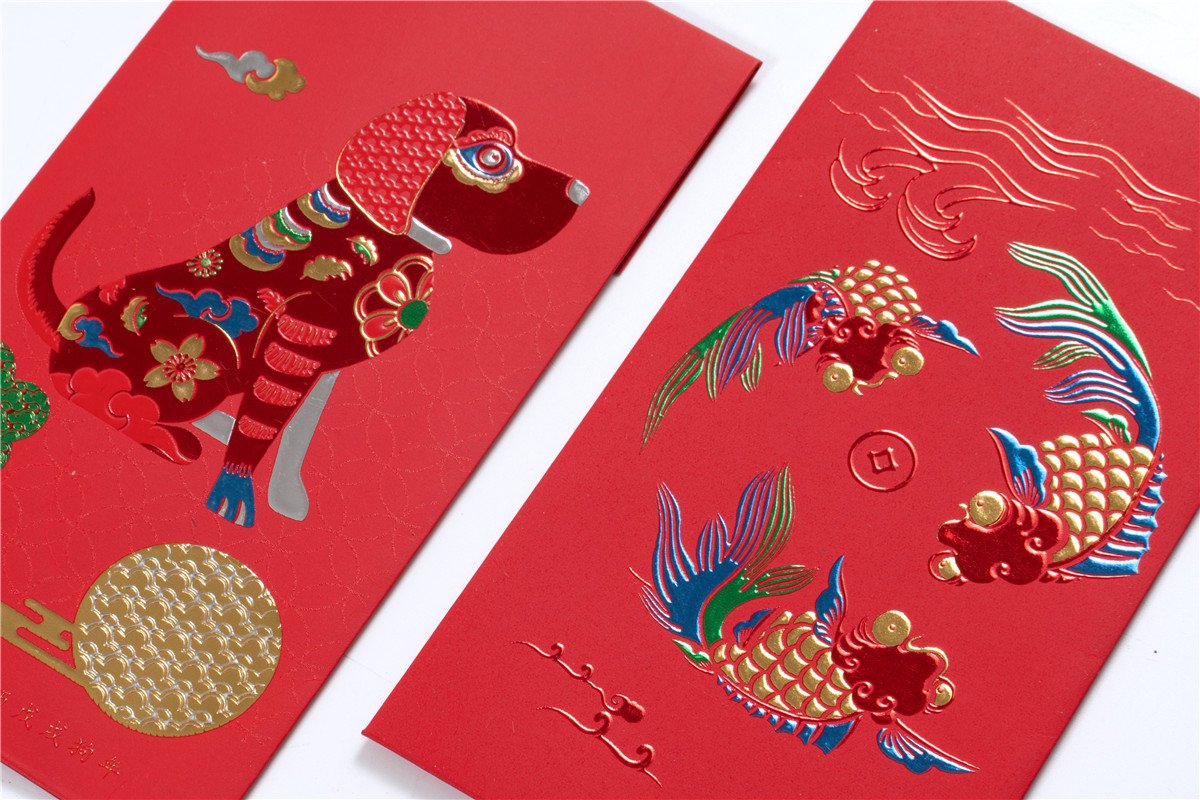Differences Between Hot Foil Stamping and Digital Enhancement Foil
When it comes to enhancing printed materials, hot foil stamping, and digital enhancement foil are two prominent techniques that offer distinct advantages and aesthetics. Understanding the differences between these methods can help businesses make informed choices based on their specific needs.
Hot Foil Stamping
Hot foil stamping is a printing technique that uses a heated die to transfer metallic foil onto a substrate, such as paper or cardstock. The heat activates an adhesive layer, allowing the foil to adhere only to the areas where the die makes contact, often resulting in a raised, embossed effect.
How Does Digital Enhancement Foil Differ from Hot Foil Stamping?
Digital enhancement foil printing involves applying foil directly from a digital file using a digital printer. Unlike hot foil stamping, which requires a physical die, digital foil printing allows for more customization and quicker production times, making it ideal for smaller runs or unique designs.
Hot Foil Stamping and Digital Enhancement Foil Process Overview
Hot Foil Stamping: This traditional method involves using a heated die to press metallic foil onto a substrate, such as paper or cardstock. The heat activates an adhesive layer, allowing the foil to adhere only to the areas where the die makes contact. This process often results in a debossed effect, giving a tactile quality to the print.
Digital Enhancement Foil: In contrast, digital foil printing uses a digital printer to apply foil directly from a computer file. The process involves printing a design with ink, followed by applying foil only to the printed areas. This method does not require the creation of physical dies, making it more flexible and cost-effective for smaller runs or customized designs.
Customization and Flexibility
Hot Foil Stamping: While this method can produce stunning results, it is less flexible when it comes to customization. Each unique design typically requires a new die, which can be time-consuming and expensive. This limitation makes hot foil stamping more suitable for larger runs of identical items, such as business cards or invitations.
Digital Enhancement Foil: This technique excels in customization. Since it relies on digital files, businesses can easily change designs, colors, and text without incurring additional costs for new dies. This flexibility allows for personalized items, such as invitations with different names or varying designs within the same print run.
Cost and Production Time
Hot Foil Stamping: Due to the need for custom dies and the setup time required for each job, hot foil stamping can be more expensive and time-consuming. The average changeover time can range from 30 minutes to several hours, depending on the complexity of the job.
Digital Enhancement Foil: This method is generally more cost-effective, especially for smaller quantities. The digital setup allows for quicker production times, often completing jobs in a matter of days rather than weeks. This efficiency is particularly beneficial for businesses needing rapid turnaround for promotional materials.
Quality and Finish
Hot Foil Stamping: The result is often a rich, embossed finish that adds depth and a luxurious feel to printed materials. The tactile quality of the debossing can enhance the overall perception of the product.
Digital Enhancement Foil: While digital foil printing can achieve a shiny, reflective finish, it typically lacks the tactile embossing associated with hot foil stamping. However, advancements in technology have improved the quality of digital foils, making them visually appealing and suitable for various applications.

FAQs About Hot Foil Stamping and Digital Enhancement Foil
What Are the Benefits of Hot Foil Stamping?
- Produces a luxurious, tactile finish
- Suitable for larger runs of identical items
- Offers a wide variety of foil colors and finishes
- Creates a strong visual impact, making products stand out
What Are the Advantages of Digital Enhancement Foil?
- Greater flexibility and customization options
- Faster production times and lower costs for small runs
- No need for custom dies, allowing for quick changes in design
- Smooth finish without the embossing effect seen in hot foil stamping
What Types of Products Commonly Use These Techniques?
Both hot foil stamping and digital enhancement foil are commonly used in:
- Business cards
- Invitations and greeting cards
- Packaging and labels
- Book covers and stationery
Which Method Is More Cost-Effective?
Digital enhancement foil is typically more cost-effective, especially for smaller quantities, as it eliminates the need for custom dies and allows for quick production. Hot foil stamping can be more expensive due to setup costs and the need for dies.
Can I use both techniques for the same project?
Yes, it is possible to combine both hot foil stamping and digital enhancement foil in a single project to achieve different effects and finishes, depending on the design requirements and desired aesthetics.
Both hot foil stamping and digital enhancement foil have unique strengths and weaknesses. Hot foil stamping is ideal for larger runs requiring a luxurious, tactile finish, while digital enhancement foil offers flexibility and cost-effectiveness for customized projects. Businesses should consider their specific needs, including budget, quantity, and desired aesthetic, when choosing between these two methods. Browse foil rolls of Dragon Foils to find the perfect option for your project.
